An electric winch is a mechanical device that uses electricity to pull or lift heavy objects. It is widely used in construction, off-road rescue, industrial production, and other fields. There are many types of electric winches on the market, and understanding the characteristics of each type can help users more accurately select the product that suits their needs.
1. Classification by Drive Method
1.1 DC Electric Winch
DC electric winches are typically powered by a car battery or storage battery and feature a compact design and easy installation. They are ideal for installation on vehicles, helping off-road vehicles and trucks to rescue themselves or other vehicles in difficult terrain, such as muddy or steep slopes. DC winches have a simpler electronic control system, offer quick response, and enable rapid start and stop operations. The DC motor's high torque output provides strong pulling force in a short period of time, meeting the needs of outdoor emergency operations.
1.2 AC Electric Winch
AC electric winches are typically connected to a stable power grid and are suitable for fixed locations such as industrial sites and construction sites. AC motors offer high power and can operate continuously for extended periods, making them suitable for long-distance, heavy-load pulling or lifting operations. They offer stable performance, easy maintenance, and excellent durability and reliability, meeting the demands of high-intensity operations. AC winches also feature a comprehensive control system that supports multiple operating modes, enhancing operational flexibility and efficiency.

2. Classification by Winch Structure
2.1 Single-Drum Electric Winch
Single-drum winches feature a simple design, consisting of a single wire rope drum. They are compact and lightweight, making them suitable for use in environments with limited space and easy to carry and install. Single-drum winches excel in scenarios such as vehicle rescue, light material handling, and outdoor adventures. Their simple structure and intuitive operation allow users to quickly master and complete pulling or lifting tasks. Furthermore, the single-drum design allows for smoother rope winding, reducing rope entanglement and improving operational safety and efficiency.
2.2 Double-Drum Electric Winch
Double-drum winches feature two independent drums, allowing for simultaneous use of two wire ropes. This design provides greater flexibility in pulling and lifting operations. For example, they can apply tension to both sides of a load independently or simultaneously pull in different directions. Double-drum winches are particularly suitable for heavy machinery operations and large-scale lifting operations requiring high stability and strong pulling force. Their versatility greatly facilitates construction and rescue operations in complex environments, effectively improving operational efficiency and safety.
3. Classification by Control Method
3.1 Manually Controlled Electric Winch
Manually controlled electric winches use simple switches or buttons to directly control the winch's start, stop, and direction. This type of control is intuitive and easy for users to master without extensive training. Manually controlled devices are often equipped with protective devices to ensure safe operation. Their advantages include compactness and fast response, making them suitable for short-distance, quick towing operations. Manually controlled winches are widely used in applications such as emergency rescue, simple lifting, and vehicle self-rescue, becoming a reliable choice for users.
3.2 Remote Controlled Electric Winch
Remote control electric winches are operated via a wireless remote control, significantly improving safety and ease of operation. Users can start, stop, and control the direction without being physically close to the winch, eliminating potential hazards during operation. The remote control function supports a variety of remote operations, effectively covering complex working environments and confined spaces. Modern remote control systems often feature anti-interference design and multiple buttons, enabling precise speed and torque control, making them suitable for industrial, rescue, and outdoor operations. Remote control winches enhance the intelligence of operations, making operations more flexible and efficient.
4. Classification by Rope Type
4.1 Wire Rope Electric Winch
Wire rope electric winches are equipped with high-strength steel wire rope, offering excellent wear resistance and tensile strength, making them suitable for carrying heavy loads and performing long, intensive operations. Steel wire rope offers excellent heat and corrosion resistance, maintaining stable performance in harsh environments. Its high-density structure ensures safety and durability, making it an ideal choice for industrial lifting, mining operations, and heavy-duty transportation. Wire rope winches can effectively improve work efficiency while ensuring the safe movement of large objects.
4.2 Synthetic Fiber Rope Electric Winch
Synthetic fiber rope offers significant advantages such as lightweight, high safety, and low rebound resistance. Compared to steel wire rope, it is easier to carry and install, making it suitable for outdoor adventures, vehicle self-rescue, and other applications requiring high portability. Synthetic fiber rope is highly flexible and avoids the dangerous catapult-like behavior of steel wire rope when it breaks, significantly improving safety. It is also corrosion-resistant and unaffected by water, salt, and UV rays, making it easy to maintain. Fiber ropes cause less wear on equipment during operation, helping to extend the life of the winch.

 ENG
ENG
 English
English русский
русский Español
Español

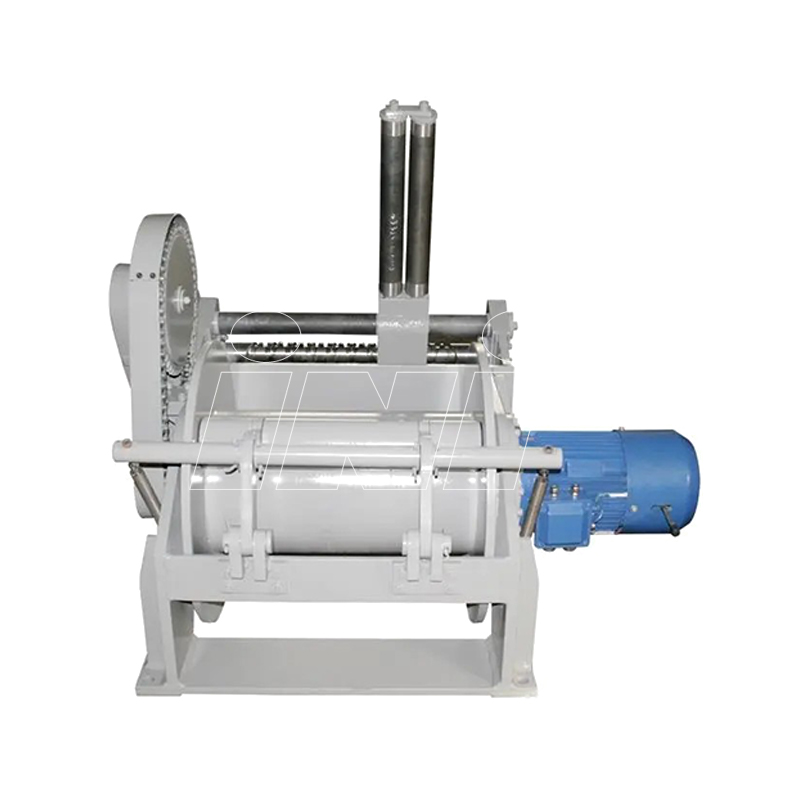
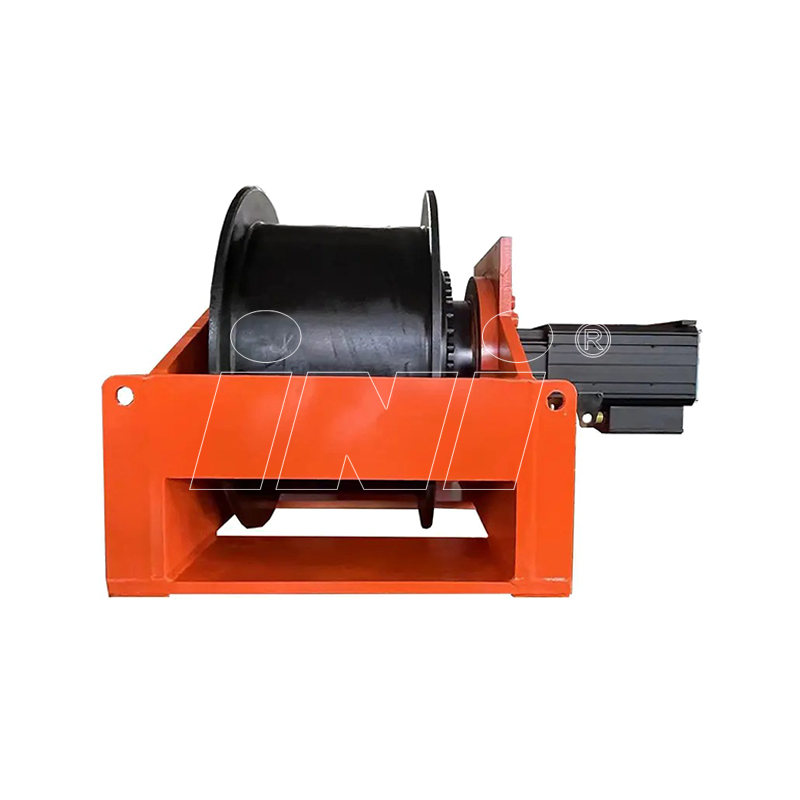

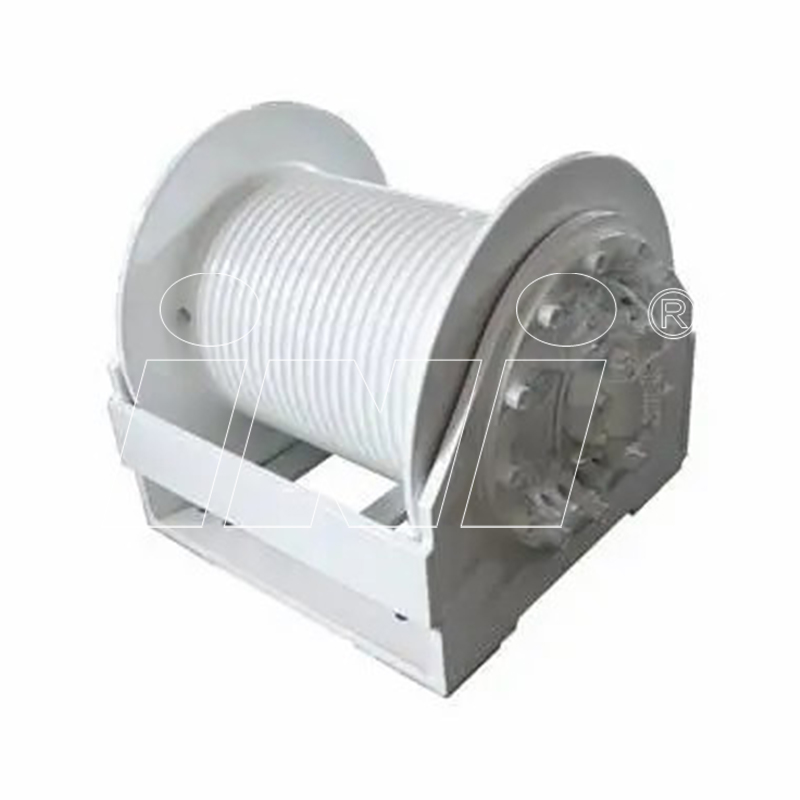
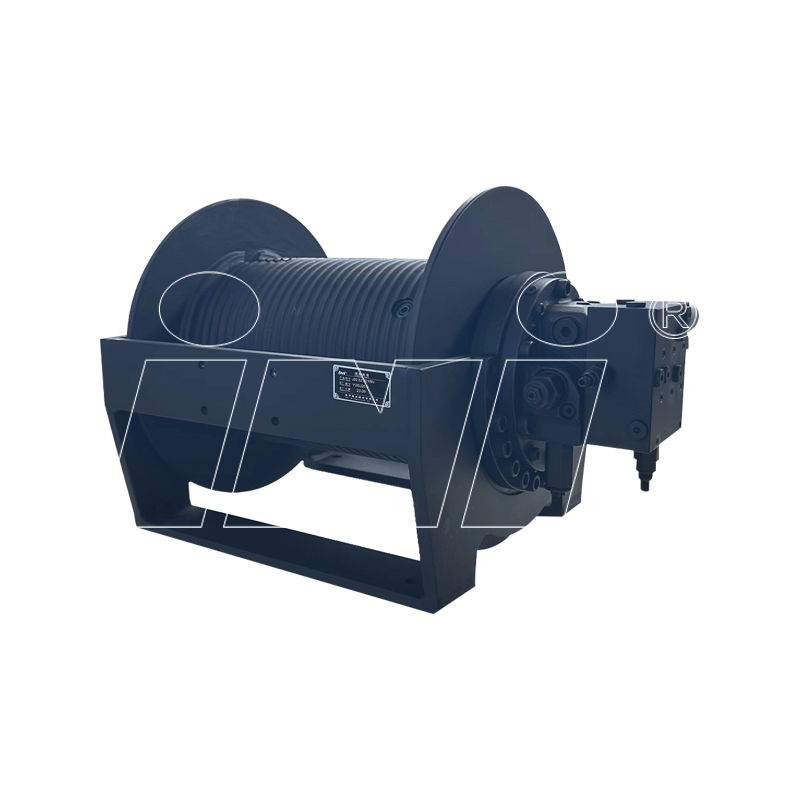
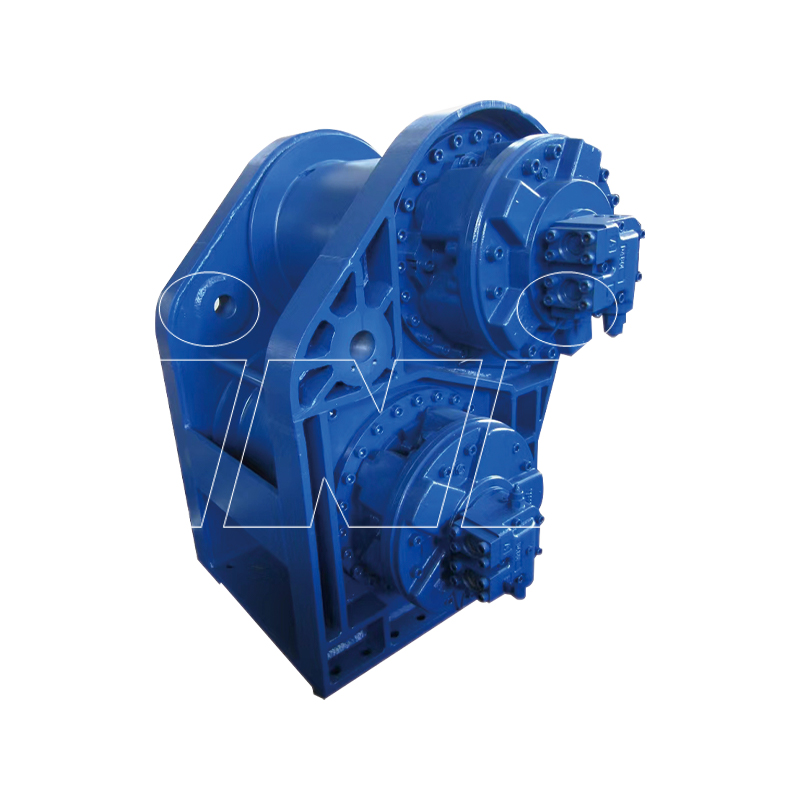

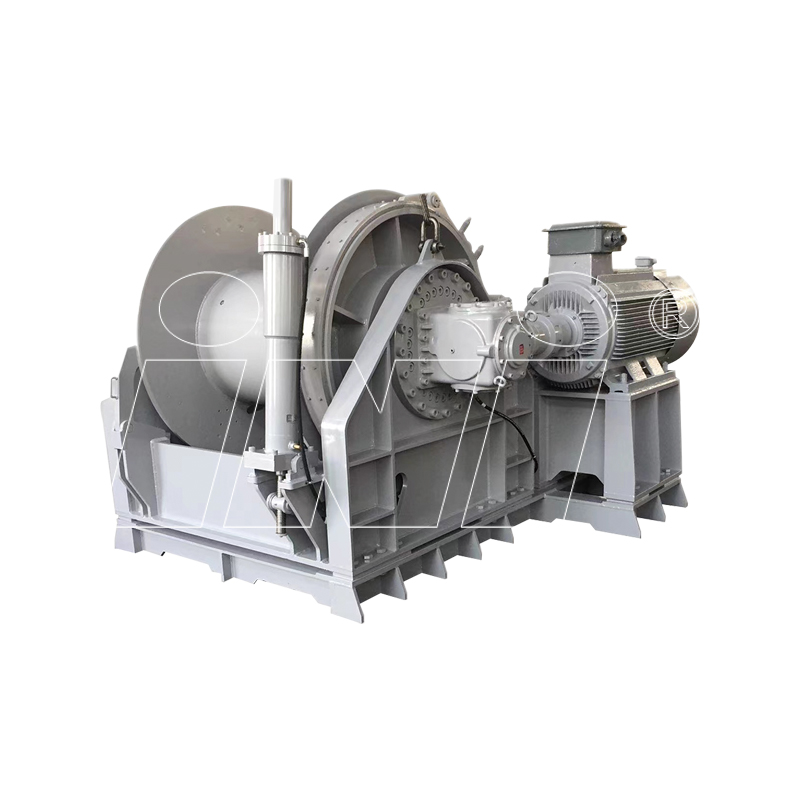

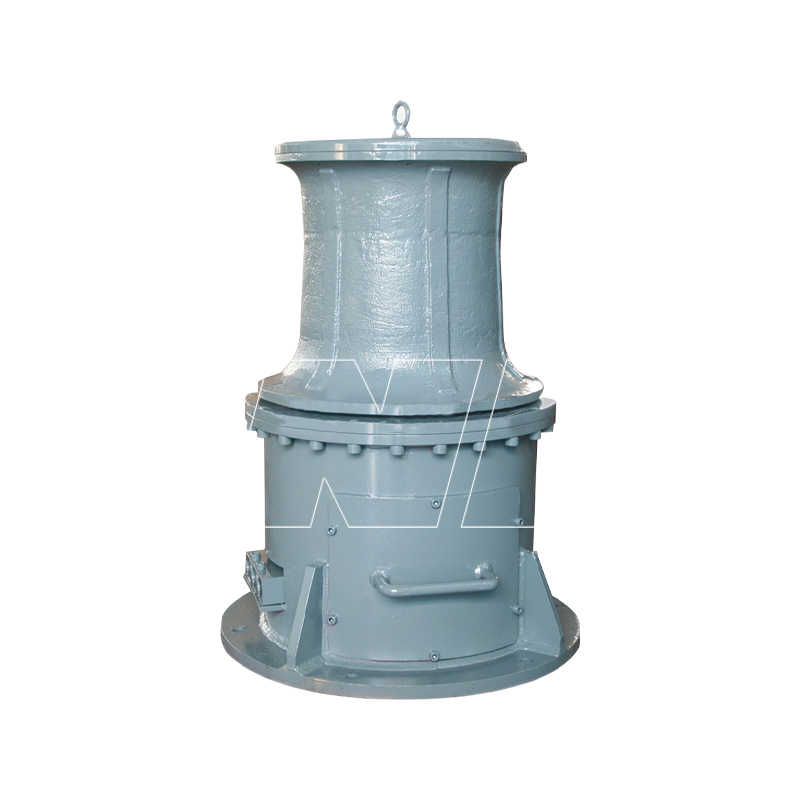

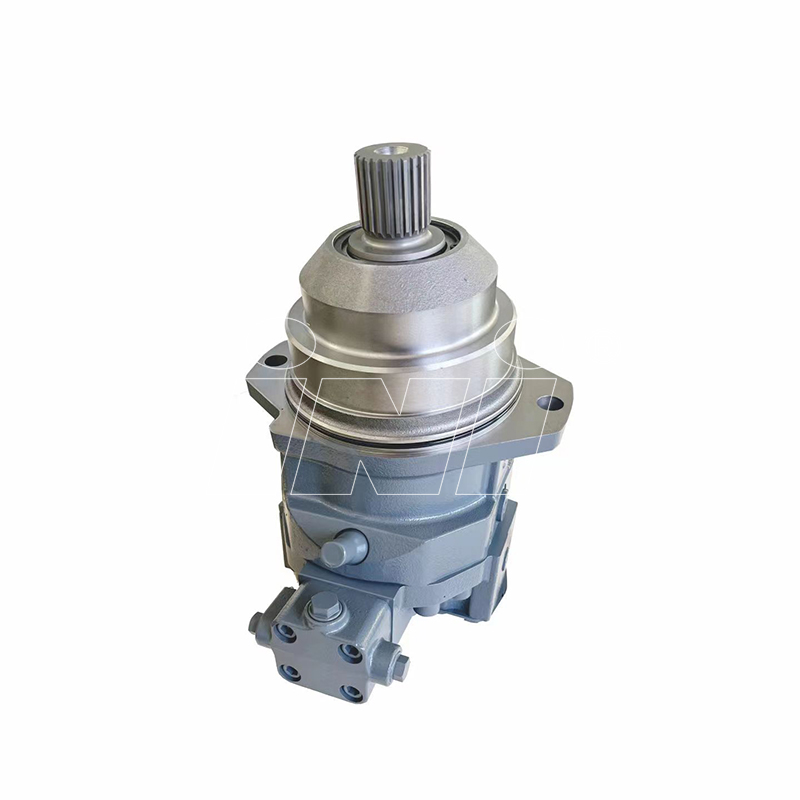

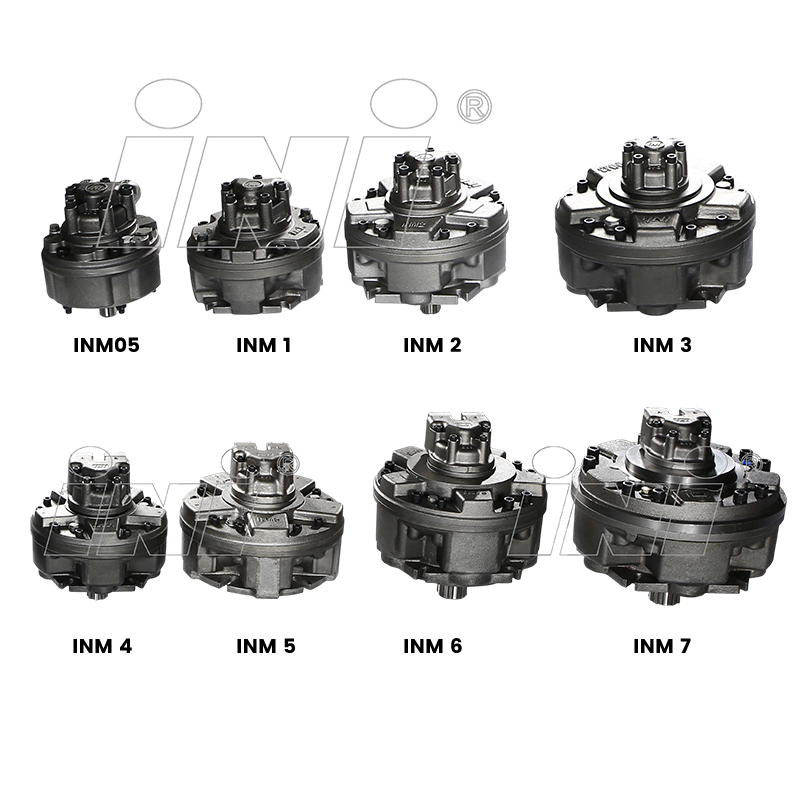

 English
English русский
русский Español
Español
 TOP
TOP